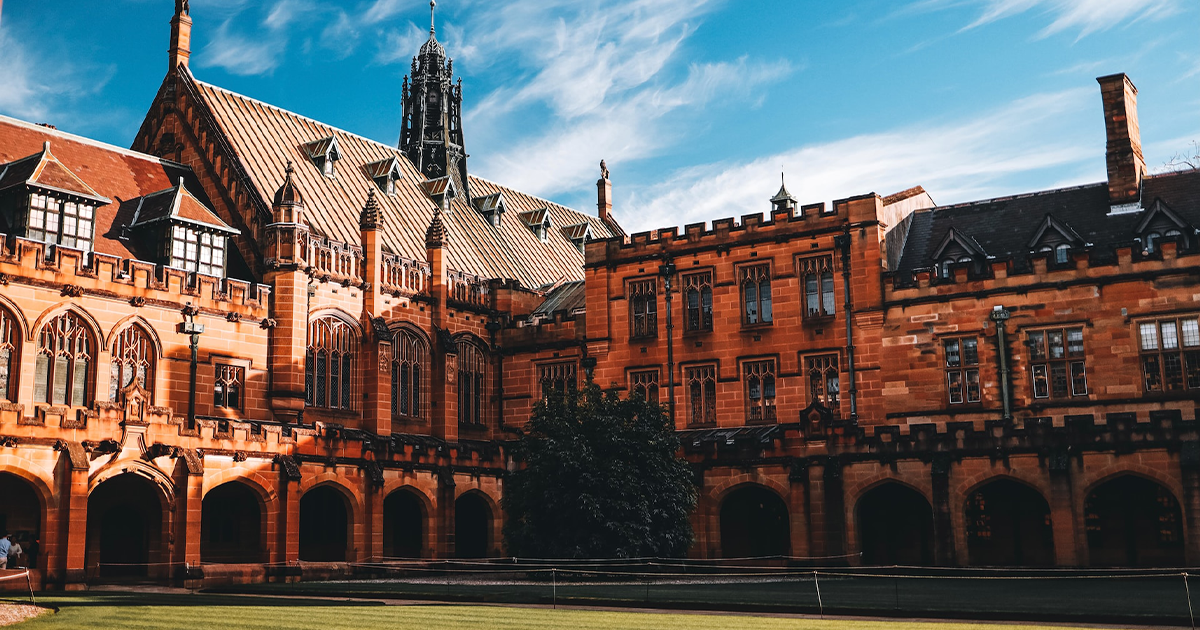In case you missed it, Aussie unis have regained their bragging rights as some of the best in the world post-pandemic.
Yep, ‘Straya smashed it in 2024’s QS global university rankings – at a scale we’ve never seen before.
Australia’s top-ranked institution, The University of Melbourne, rose 19 places from last year to place 14th in the world, while New South Wales’ two biggest universities – The University of New South Wales (UNSW) and The University of Sydney – broke into the world’s top 20 for the first time ever to achieve joint 19th place.
And another 33 Aussie universities also dramatically improved their overall positions on the global league table.
To put this into perspective, the 2024s QS global university rankings assessed a staggering 1500 universities worldwide, based on analysis and insights from more than 240,000 academics and 17.5 million academic papers.
So significant were Aussie performances that Sydney University’s vice chancellor told the Sydney Morning Herald the results demonstrated “a pivotal moment in the history of higher education in Australia”.
Not bad eh?
But before we all get too ahead of ourselves there’s one thing we did notice pop up when sifting through the results.
And that’s Australian universities’ student-to-academic ratio.
In fact, RMIT University’s principal adviser in institutional research and a QS board member Angel Calderon told the Sydney Morning Herald that the ratio – which is currently an average of about 22.5 students to every teacher – was ‘concerning’.
But what impact does this actually have on academic performance?
“As universities focus on research and citations, the student experience has been neglected. Institutions need to put far more resources into academic teaching,” Calderon said.
“The growth in student numbers over the years means Australia now has these mega universities, they are homogenised. In the United States, universities tend to be smaller and are more specialised than what we see here.”
And in terms of Australia’s rankings in future QS global university rankings, QS research director Ben Sowter said the celebrations might be short lived for Australian universities.
“While reducing the weight on faculty-student ratio has enabled Australia’s strength in other indicators to shine through more strongly… the introduction of new measures that favour Australian universities is only going to happen once so we suspect we will see more mixed results next year.”






